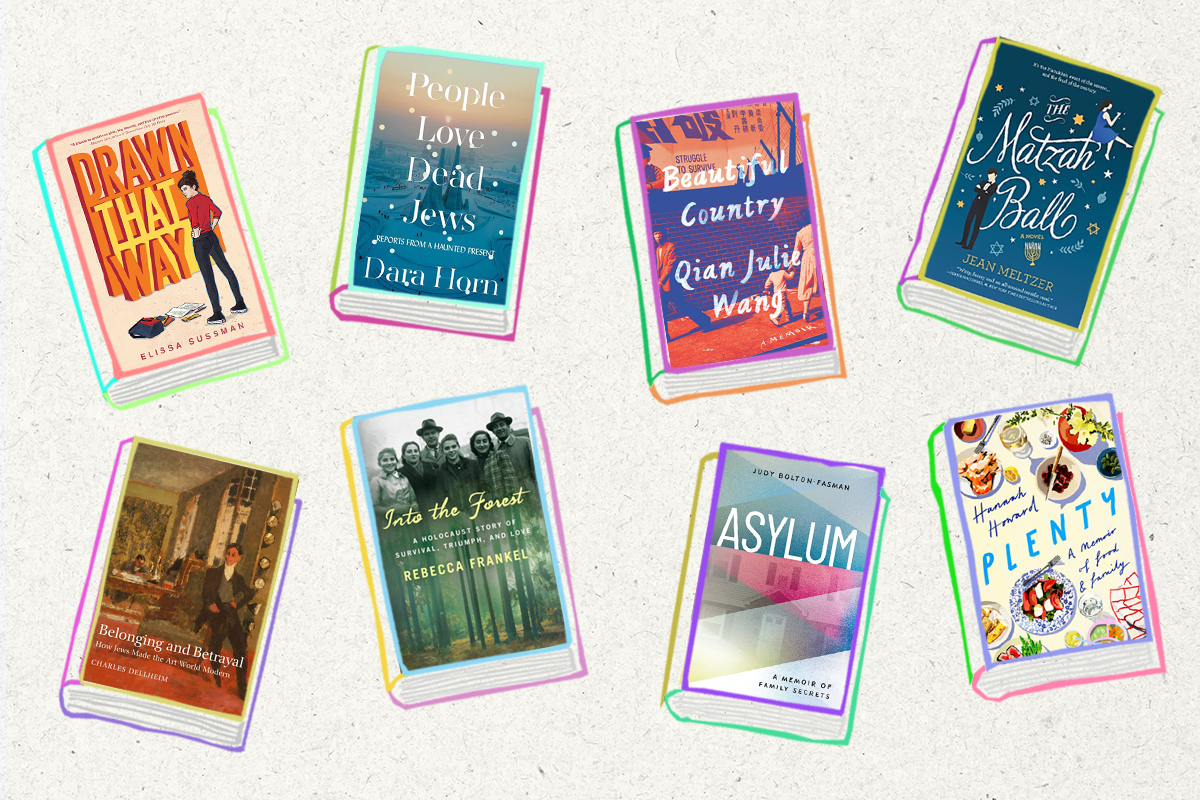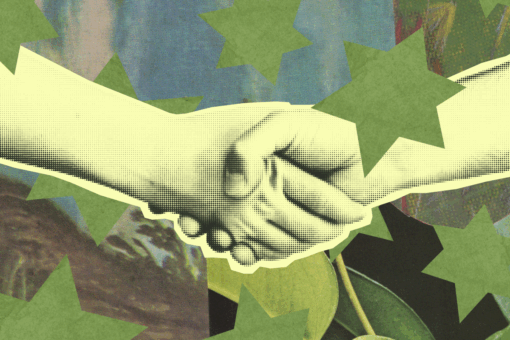Shana tova! It’s almost the New Year, but more importantly, it’s a new month, which means there are new Jewish books to dive into. And wow is this month full of Jewish books. There’s a Holocaust story that is the tale of the survival of one family against all odds, three remarkable memoirs that span being an undocumented immigrant from China to traveling to uncover Cuban Sephardic Jewish roots, and, to our great delight, a Hanukkah romance novel. (Still waiting on the Hanukkah movies of our dreams, though.) These picks are eight of many incredible Jewish books coming out this September, so we encourage you to scroll down and check out even more recommendations after the list. And as always, this list is shoppable on Bookshop, a platform supporting independent bookstores.
Happy reading! May you have a sweet new year filled with lots of good books.
1. Into the Forest: A Holocaust Story of Survival, Triumph, and Love by Rebecca Frankel (September 7)
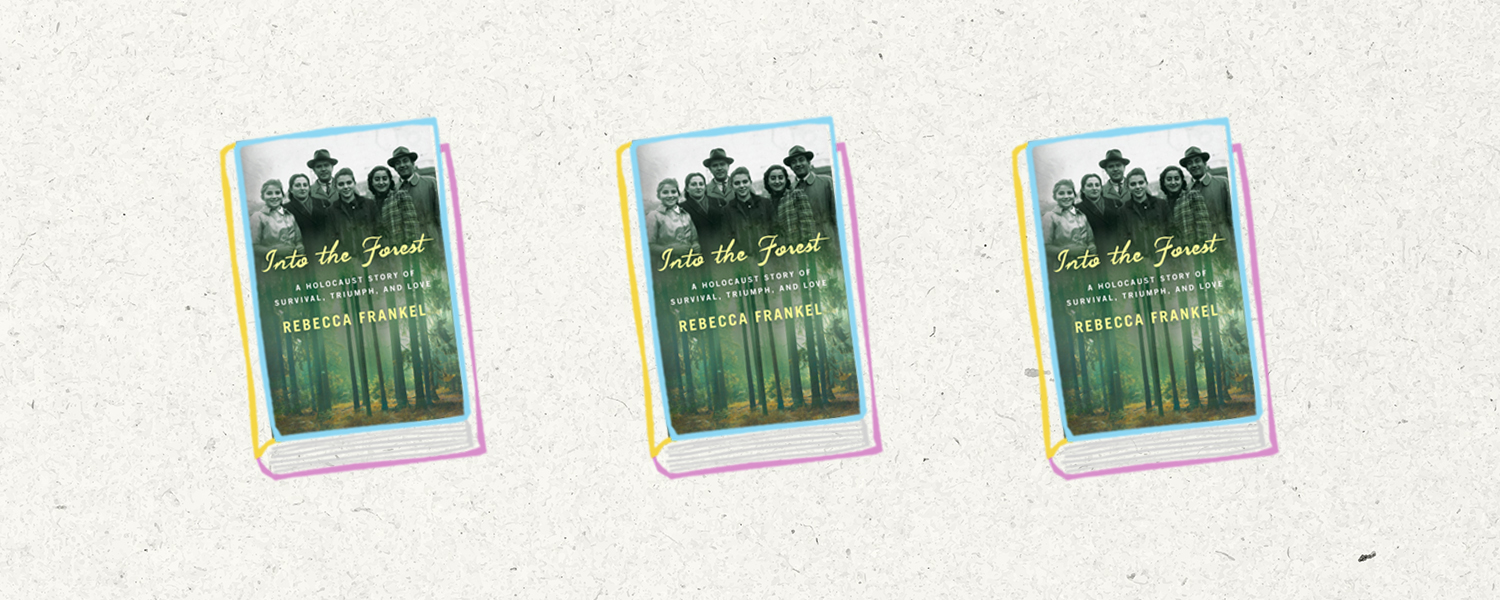
In the middle of World War II, during the summer of 1942, the Rabinowitz family fled the Jewish ghetto in Zhetel to the Białowieża Forest, where they miraculously survived two years until the Red Army liberated Poland in 1944. Before they fled to the forest, Miriam Rabinowitz, the matriarch of the family, helped save a young boy in the ghetto, Philip, by pretending he was her son. After they left, they never knew what happened to him — until nearly a decade later, at a Jewish wedding in Brooklyn, when Philip learns the family who saved him was alive, and in America. There, he falls in love with Ruth Rabinowitz.
Many years later, a young Rebecca Frankel would attend synagogue where Philip was a rabbi and Ruth taught Hebrew school, and she learned their story of love in the face of terrible adversity. But before the love story, Frankel covers, in horrific detail, what they survived in the forest — and the stories of many other Jews who lived and died. Like many Holocaust stories, the facts are brutal and nightmarish, giving readers a full picture of what was endured. Unlike many, however, this one has a happy ending.
“There are many stories of love and survival from the Holocaust, stories of extraordinary perseverance and bravery that defy all fathomable depths of human endurance. Many of them have twists of fate, and there are even a few with miraculously happy endings,” writes Frankel. “They are the great love stories of a terrible time — and this is one of them.”
Read if you’re into: Holocaust memoirs, Jewish resilience and survival. The Jewish angle: Did you read the description? The entire thing! Get it here.
2. Drawn That Way by Elissa Sussman (illustrations by Arielle Jovellanos) (September 28)
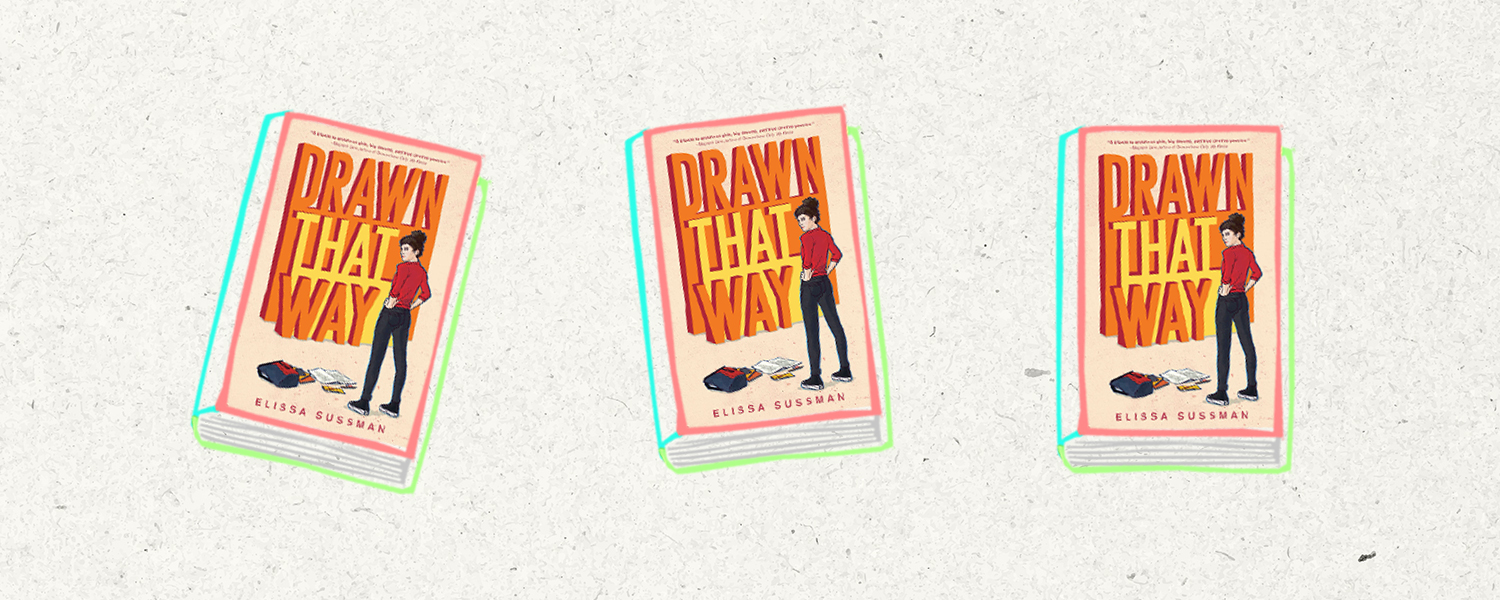
Elissa Sussman described “Drawn That Way” in an e-mail to Alma as an “Own Voices love letter to my years working in animation, and a novel all about being an ambitious Jewish girl in an industry (and world) that doesn’t know what to do with them. There’s friendship, first love, and a short film about a golem!” If that doesn’t make you want to read this book, you are probably reading the wrong website. The plot, briefly, centers around a rare internship program for high school seniors at an incredible animation studio; Hayley Saffitz, a Jewish high school teen, is one of 41 other students chosen for the coveted internship. Yet, once in the program, she doesn’t land one of the director positions — the four spots all go to boys, including the renowned director’s son, Bear, who clearly doesn’t want to be there. After a series of sexist incidents (I won’t spoil), Hayley decides to team up with five other girls in the program — the only girls in the program — and secretly submit to the film festival at the end of the internship. Along the way, there’s an incredibly swoony enemies-to-lovers romance, plus the supportive female friendship group of your dreams. You won’t want to miss this one.
Read if you’re into: YA novels, #OwnVoices, gutsy teen girls pushing back against sexism. The Jewish angle: The protagonist is Jewish, as is author Elissa Sussman. Get it here.
3. Beautiful Country: A Memoir by Qian Julie Wang (September 7)
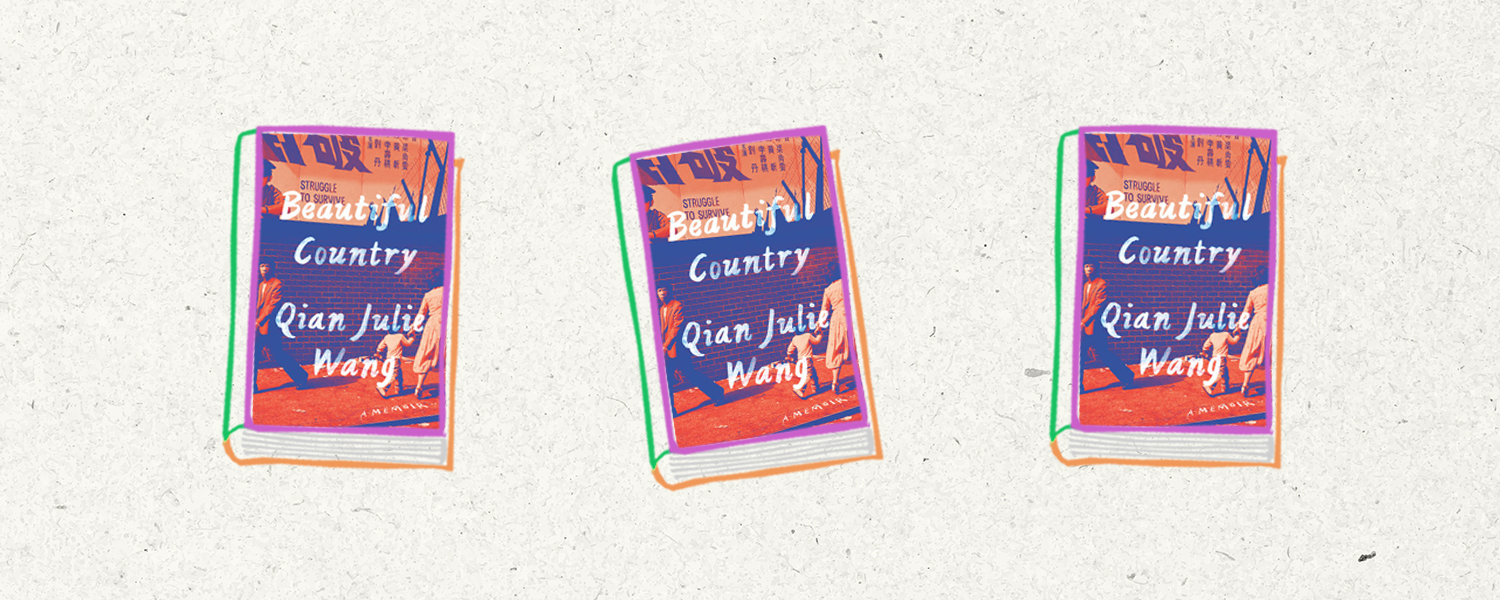
When she was 7 years old, Qian Julie Wang left the world she had known in China for New York City, where her father had immigrated a few years earlier. In China, her parents were professors and respected members of their community; in New York, they lived in constant fear as they were undocumented, and worked a series of awful jobs in sweatshops and factories. Wang writes with clarity and emotion as she retells her childhood in the city. Her memoir is dedicated to “all those who remain in the shadows,” adding: “May you one day have no reason to fear the light.” Wang, when she’s not writing incredible memoirs, also works as a litigator as the managing partner of Gottlieb & Wang LLP — a firm dedicated to advocating for education and disability rights. She also is the founder and leader of the Jews of Color group at Central Synagogue, where she is member of the Racial Justice Task Force and the social justice reform leadership. All this is to say: She’s remarkable, and her story is a must-read.
Read if you’re into: immigrant stories, powerful memoirs. The Jewish angle: The author, Qian Julie Wang, is Jewish, though her memoir covers her life before her journey to Judaism. Get it here.
4. People Love Dead Jews: Reports from a Haunted Present by Dara Horn (September 7)

Dara Horn’s essay collection “People Love Dead Jews: Reports from a Haunted Present” addresses the “many strange and sickening ways in which the world’s affection for dead Jews shapes the present moment.” The essays dive into the myriad ways people — here, meaning non-Jews — think more about dead Jews than alive ones. There are essays titled “Frozen Jews” (about Harbin, China), “Executed Jews” (about executed Soviet artists and writers), “Dead Jews of the Desert” (about abandoned synagogues in North Africa and the Middle East), and more. Other topics range from Varian Fry, a righteous gentile, to the antisemitic attacks in Pittsburgh, Poway and Jersey City.
“I had mistaken the enormous public interest in past Jewish suffering for a sign of respect for living Jews. I was very wrong,” writes Horn in the introduction. My favorite essay in the book is “Fictional Dead Jews,” where she critiques bestselling Holocaust novels for being “uplifting” and “relatable,” and asks why Holocaust novels that showcase the realities of life written by Jews are not the publishing success story. (You can guess why.) Horn is clearly exhausted about thinking about dead Jews, and about antisemitism, and you can feel her emotion through the page. But she channels the emotion to weave together a large amount of stories — from Russian Jews living in China to Daf Yomi — and what results is a compelling series of essays.
Read if you’re into: thinking about Jewishness, Jews, antisemitism, the Holocaust… it’s all here. The Jewish angle: The title, the author, the topic. Super Jewish. Get it here.
5. Plenty: A Memoir of Food & Family by Hannah Howard (September 1)
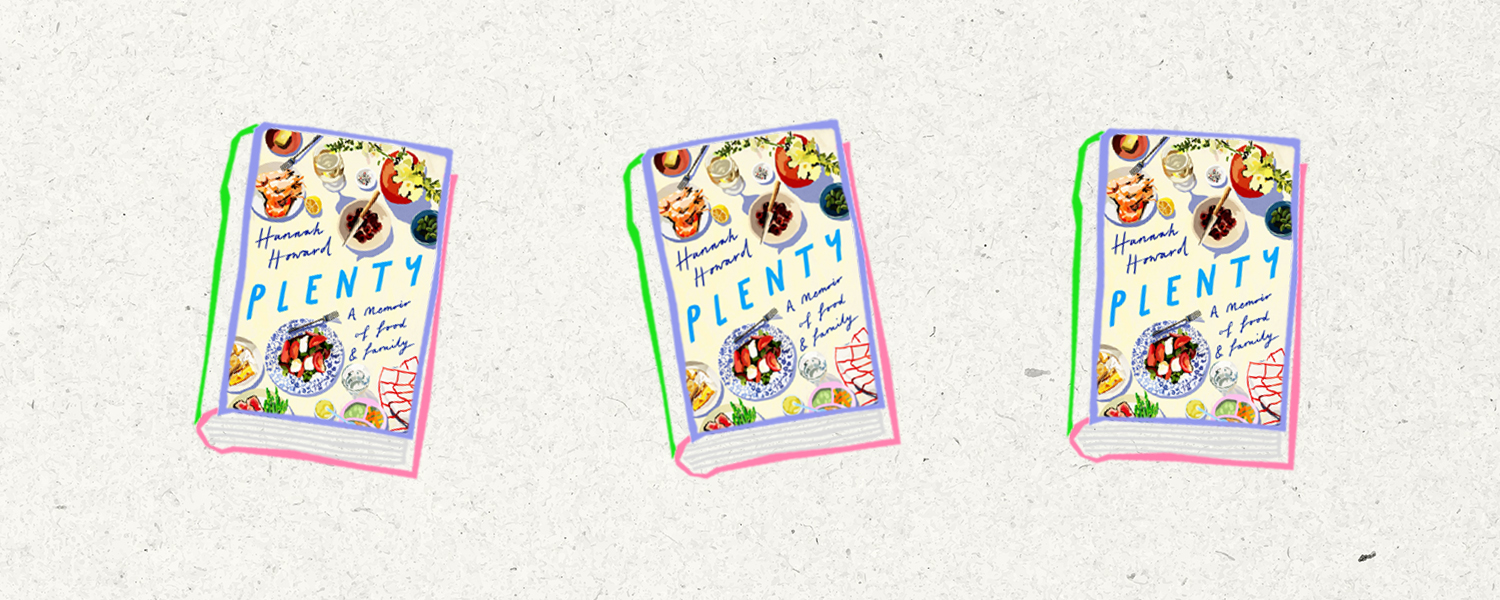
Hannah Howard, a Jewish food writer (and Alma contributor!), is back with her second memoir. Her first, “Feast: True Love In and Out of the Kitchen,” detailed her struggles with disordered eating while working in New York’s culinary scene. “Plenty: A Memoir of Food and Family,” is a natural continuation of Hannah’s story, but more focused on the influential mentors, friends and family in her life. What results is a moving tale of female friendship, and also the story of Hannah’s struggles to have a baby. My favorite parts of the memoir are when she writes about the friendships in her life that have sustained her. “Despite the patriarchy, these women in food had seen new possibilities and carved out paths to do meaningful, creative work, to nourish each other and the world with food and purpose and potential.” And we couldn’t be more grateful for Hannah’s work.
Read if you’re into: food, family, motherhood. The Jewish angle: The author, Hannah Howard!! Get it here.
6. The Matzah Ball by Jean Meltzer (September 28)
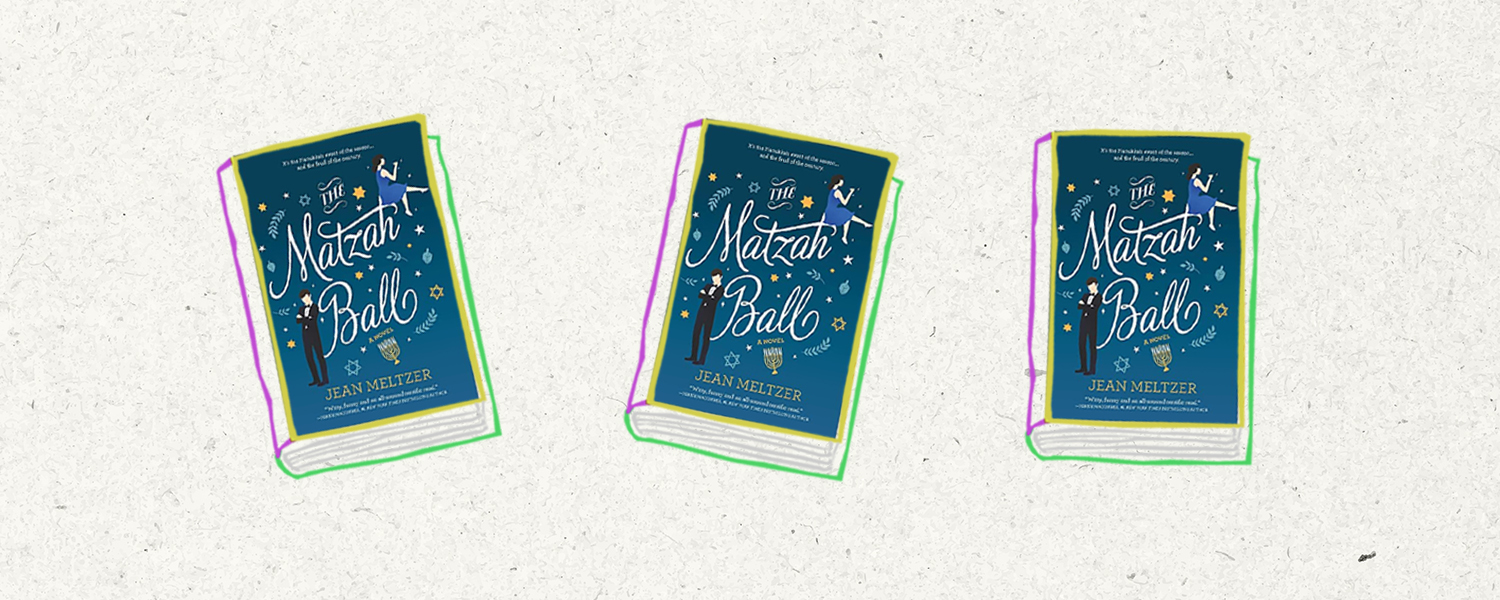
The heroine of “The Matzah Ball,” a Hanukkah (!!) romance novel (!!!) by Jean Meltzer, is Rachel Rubenstein-Goldblatt, a Nice Jewish Girl who loves Christmas. She loves Christmas so much, actually, she’s made a career out of writing Christmas romances — like the Hallmark movies that rarely show any Jews or Jewish tradition. But Rachel is not just a “Jew who loves Christmas;” she’s the daughter of an influential rabbi and a successful doctor, and she can’t admit to the community she writes Christmas novels for a living. So when her publisher makes her new contract conditional on her writing a Hanukkah novel (for trendy diversity), she doesn’t know what to do or where to turn for inspiration. Enter Jacob Greenberg, Rachel’s long-ago first kiss turned summer camp arch nemesis. Jacob, a French Jew, is now in the business of throwing parties and music festivals, and he’s in New York to throw the Matzah Ball, a Jewish music celebration on the last night of Hanukkah. Can they get over past feelings?
I mean, just read this tag line: “Though Rachel and Jacob haven’t seen each other since they were kids, their grudge still glows brighter than a menorah. But as they spend more time together, Rachel finds herself drawn to Hanukkah — and Jacob — in a way she never expected. Maybe this holiday of lights will be the spark she needed to set her heart ablaze.” It’s our Hanukkah movie challenge coming true in book form! Throughout, there’s a real care and love for authentic Jewish representation and Jewish tradition. Jewish things are never explained, they simply are, and it’s so refreshing to read a romance where Jewish love is front and center.
Read if you’re into: romance, Jewish romance, Hanukkah, all of it. The Jewish angle: Again, it’s a Hanukkah romance novel!! Get it here.
7. Asylum: A Memoir of Family Secrets by Judy Bolton-Fasman (September 9)
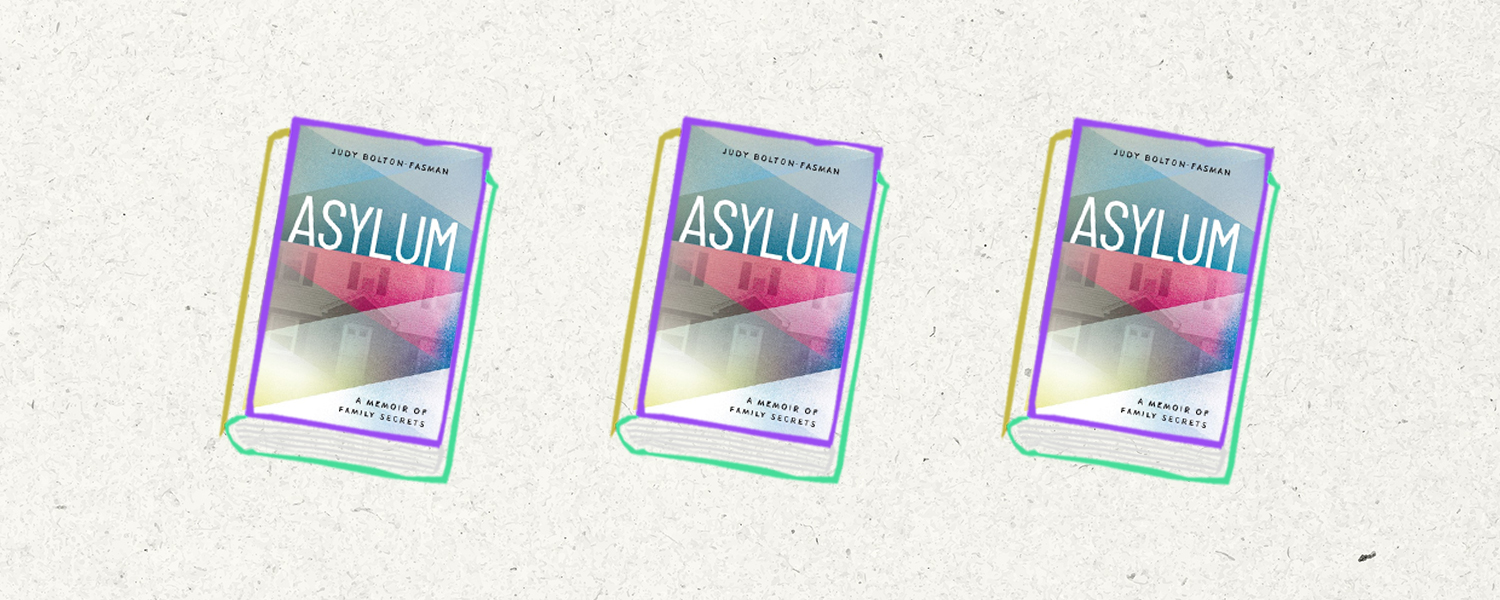
Judy Bolton-Fasman’s memoir is rooted in a quest to understand the mystery surrounding her Sephardic Cuban mother, Matilde Alboukrek, and her Ashkenazi American father, K. Harold Bolton. It’s only natural the first chapter is titled “Judy Bolton, Girl Detective.” Judy Bolton was the heroine of a well-known fictional detective series by Margaret Sutton that was published between 1932 and 1967; the real-life Judy Bolton (now Judy Bolton-Fasman) wanted to take up the mantle of her fictional counterpart to understand how her parents came to be, and how their strange marriage uniting two worlds (Sephardic and Ashkenazi, Cuban and American) had happened. “Judy inherits a Sephardic, Spanish/Ladino-speaking culture from her mother and an Ashkenazi, English-only, American patriotism from her father,” explains the blurb. “Contacting former associates, relatives, and friends, accessing records through the Freedom of Information Act, traveling to Cuba to search for clues, and even reciting the Mourner’s Kaddish for a year to gain spiritual insight into her father, these decades-long endeavors do not always yield the answers Judy wanted and sometimes the answers themselves lead her to ask new questions.”
Read if you’re into: compelling memoirs! The Jewish angle: Judy is Jewish, as are her parents. Get it here.
8. Belonging and Betrayal: How Jews Made the Art World Modern by Charles Delheim (September 21)
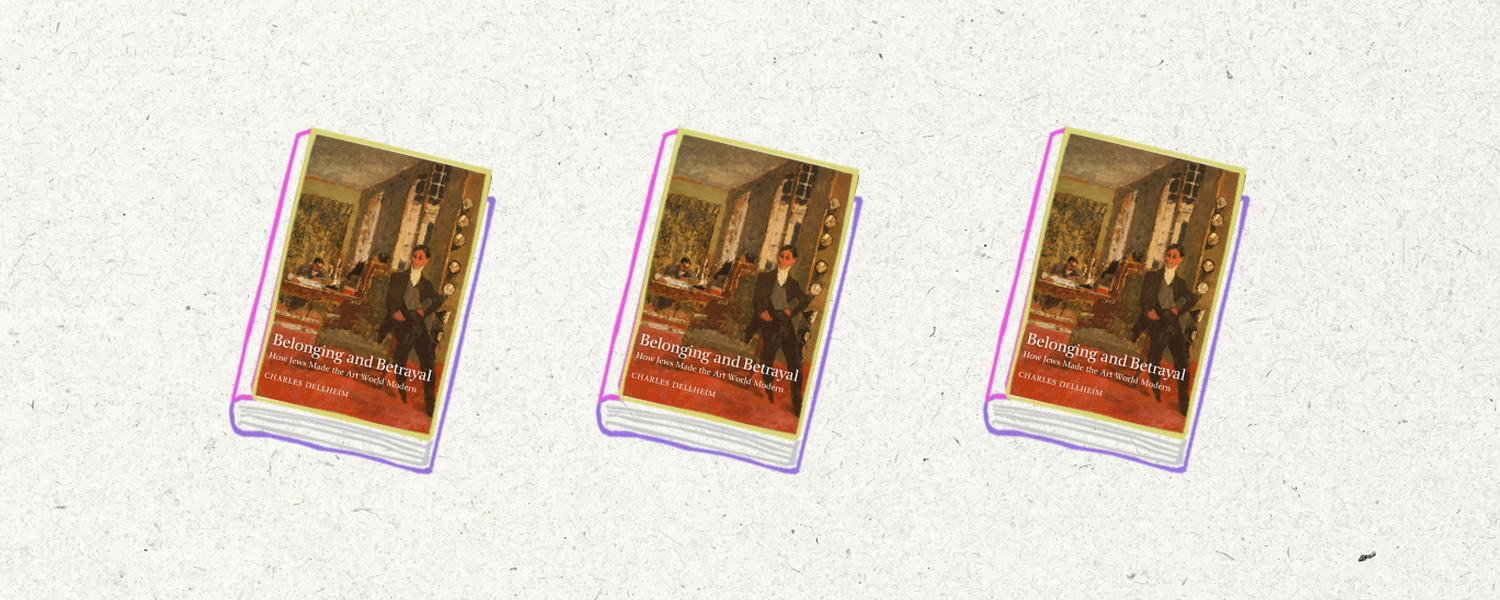
The premise of Charles Delheim’s “Belonging and Betrayal” is rooted in the drama of Nazi-stolen art from Jewish families during World War II, and the legal and moral dilemmas that have arisen from restitution (like that surrounding Portrait of Adele Bloch-Bauer I by Gustav Klimt). However, historian Delheim asks: “How did certain European Jews acquire so much great art in the first place, and what does this reveal about the Jewish encounter with modernity?” In a hefty, deeply researched book (over 600 pages!), Delheim sets out to reframe how we understand Nazi-stolen art — and how Jews became such influential art dealers and collectors. Over the chapters, he paints (ha) a compelling portrait of the Jewish families who, unexpectedly, became arbiters of taste in Europe, beginning in the late 19th century and ending with Nazi plunder.
Read if you’re into: thinking about art history, Jewish history and where they intersect. The Jewish angle: Again, kinda the whole thing. Get it here.
Other Jewish books of note
- “Alma Presses Play” by Tina Cane is a YA novel-in-verse about half-Chinese, half-Jewish Alma coming of age in 1980s New York. We were sold immediately because of the character’s name, obviously. (Sept 14)
- Jewish fantasy author Lavie Tidhar returns with “The Escapement,” the story of a mysterious man called the Stranger, “a lone gunman on a quest to rescue his son from a parallel world. But it is too easy to get lost on a shifting landscape full of dangerous versions of his son’s most beloved things: cowboys gone lawless, giants made of stone, downtrodden clowns, ancient battles, symbol storms and more shadowy forces at play.” (Sept 21)
- Helene Meyers’s “Movie-Made Jews: An American Tradition” dives into the American Jewish cinematic tradition, covering a wide diversity of films from “Crossing Delancey” to “Wish I Was Here.” A must-read for any Jewish cinephiles. (Sept 17)
- Do comic books count? Because we’re beyond excited for “Whistle: A New Gotham City Hero” by E. Lockhart, the story of a Jewish teen superhero who has a dog sidekick named after Fran Lebowitz. (Sept 7)
- “He Gets That From Me” by Jewish author Jacqueline Friedland is the story of Maggie Fisher, who is a surrogate mother for twins. A decade after their birth, the fertility clinic calls and asks her to do a DNA test. Kirkus calls it “a thoughtful and gripping family tale that will haunt readers long after finishing it.” (Sept 14)
- Jacques Berlinerblau’s “The Philip Roth We Don’t Know: Sex, Race, and Autobiography” is a study of the correlation between the life and art of Philip Roth. (Sept 14)
- In “The Secret of Life: Rosalind Franklin, James Watson, Francis Crick, and the Discovery of Dna’s Double Helix,” author Howard Markel focuses on the Jewish scientist Rosalind Franklin, who was at the heart of the discovery of DNA. The book “is a story of genius and perseverance, but also a saga of cronyism, misogyny, antisemitism, and misconduct.” (Sept 21)
- “Voices from the Pandemic: Americans Tell Their Stories of Crisis, Courage and Resilience” from Pulitzer Prize-winning Jewish journalist Eli Saslow is a kaleidoscopic portrait of the COVID-19 pandemic in America. (Sept 28)
- The second installment of the Schoolmance dark academia fantasy series is “The Last Graduate,“ from Jewish fantasy author Naomi Novik. (Sept 28)
- “Better to Trust” by Jewish author and practicing radiologist Heather Frimmer is the story of “a neurosurgeon hiding a pill addiction operates on his sister-in-law’s brain, causing the family to grapple with a devastating question. When trust is violated, can it ever be recovered?” (Sept 21)
- The life of the late Anthony Bourdain is beautifully chronicled in “Bourdain: The Definitive Oral Biography” by Laurie Woolever. Woolever was Bourdain’s longtime assistant and confidante, and she interviews hundreds of people in his orbit. (Sept 28)
- Lucy Adlington dives into the lives of women who used their sewing skills to survive the Holocaust at Auschwitz-Birkenau in “The Dressmakers of Auschwitz: The True Story of the Women Who Sewed to Survive.” (Sept 14)
- “As If On Cue” by Marissa Kanter is a Jewish YA enemies-to-lovers romance. You know you want to read it — no more details necessary. (Sept 21)
- Naomi Ragen’s “An Observant Wife” is the continuation of the love story from “An Unorthodox Match” between newly observant California-girl Leah and ultra-Orthodox widower Yaakov. What happens after they get married? (Sept 14)
- “The Auschwitz Photographer: The Forgotten Story of the WWII Prisoner Who Documented Thousands of Lost Souls” by Luca Crippa and Maurizio Onnis (translated by Jennifer Higgins) tells the story of photographer Wilhelm Brasse, who was deported to Auschwitz soon after it opened and kept safe by his ability to photograph prisoners. (Sept 7)
- Jewish author David Liss’s “The Peculiarities” is “the tale of a clueless young man embroiled in a deadly supernatural mystery in Victorian London.” (Sept 7)
- “Can We Talk About Israel?: A Guide for the Curious, Confused, and Conflicted” by Daniel Sokatch is touted as “an easy-to-read yet penetrating and original look at the history and basic contours of one of the most complicated conflicts in the world. (Sept 21)
